Too_Much_Cloud_Movement_Lead_To_Collaboration
By MYBRANDBOOK

Cloud adoption is enabling massive business transformation and tremendous growth for today’s digital business, but it also creates huge visibility gaps and span of control challenges for organizations. While hybrid architectures are a reality for most modern enterprises and cloud is now considered an extension of the enterprise infrastructure, the majority of performance management tools available in the market are incapable of providing unified and user-centric visibility for hybrid cloud environments and the user’s digital experience. In the 2018 State of Cloud Monitoring Survey recently conducted by Riverbed, IT network and cloud business decision makers shared their difficulties with 92% of participants stating they faced challenges with performance management in their cloud environment, and 60% of participants stated that their end users experienced cloud performance issues first before companies knew about them.
As cloud adoption has become ubiquitous, cloud deployments and the applications themselves have become increasingly complex and distributed. Ensuring performance of the end-user experience, apps, networks and cloud vendors themselves is a daunting challenge, Public cloud continues to make inroads, with our research showing that 41% of enterprises are heavily using public cloud and 72% of those users are deploying in multi-cloud environments. So, it is of no surprise that 60% of organizations anticipate that they will invest in cloud services monitoring and visibility over the next two years.
To address the growing opportunity, Lenovo and NetApp's storage alliance, joint venture in China, and new series of all-flash and hybrid flash products announced at Lenovo's Transform event, put them both in a much stronger position in the data center against rivals Dell EMC and HPE. The storage offerings include two familes, each subdivided into all-fash and hybrid -flash products, jointly developed by Lenovo and NetApp and available now worldwide. Several of the products support NVMe (non-volatile memory express), the extremely fast communications protocol and controller able to move data to and from SSDs via the PCIe-bus standard. NVMe SSDs are designed to provide two orders of magnitude speed improvement over prior SSDs.
There is win-win approach for both LENOVO and NetApp, where Lenovo has a line-up of SAN (storage-attached network), DAS (direct-attached storage) and tape storage products, it's really not a player in the storage market and so can't rival Dell EMC and HPE as a complete, one-stop-shop hardware and storage provider. NetApp, meanwhile, gets access to Lenovo manufacturing, global channels and a huge customer base.
Can we guess on the probable merger, it may be too early to say, the industry gurus are expecting, Lenovo to target the enterprises and pitch storage from the flash storage leader along with their broad portfolio of servers, this will definitely help Lenovo to compete with DELL EMC and HPE.


Nazara and ONDC set to transform in-game monetization with ‘
Nazara Technologies has teamed up with the Open Network for Digital Comme...

Jio Platforms and NICSI to offer cloud services to government
In a collaborative initiative, the National Informatics Centre Services In...

BSNL awards ₹5,000 Cr Project to RVNL-Led Consortium
A syndicate led by Rail Vikas Nigam Limited (abbreviated as RVNL), along wi...

Pinterest tracks users without consent, alleges complaint
A recent complaint alleges that Pinterest, the popular image-sharing platf...

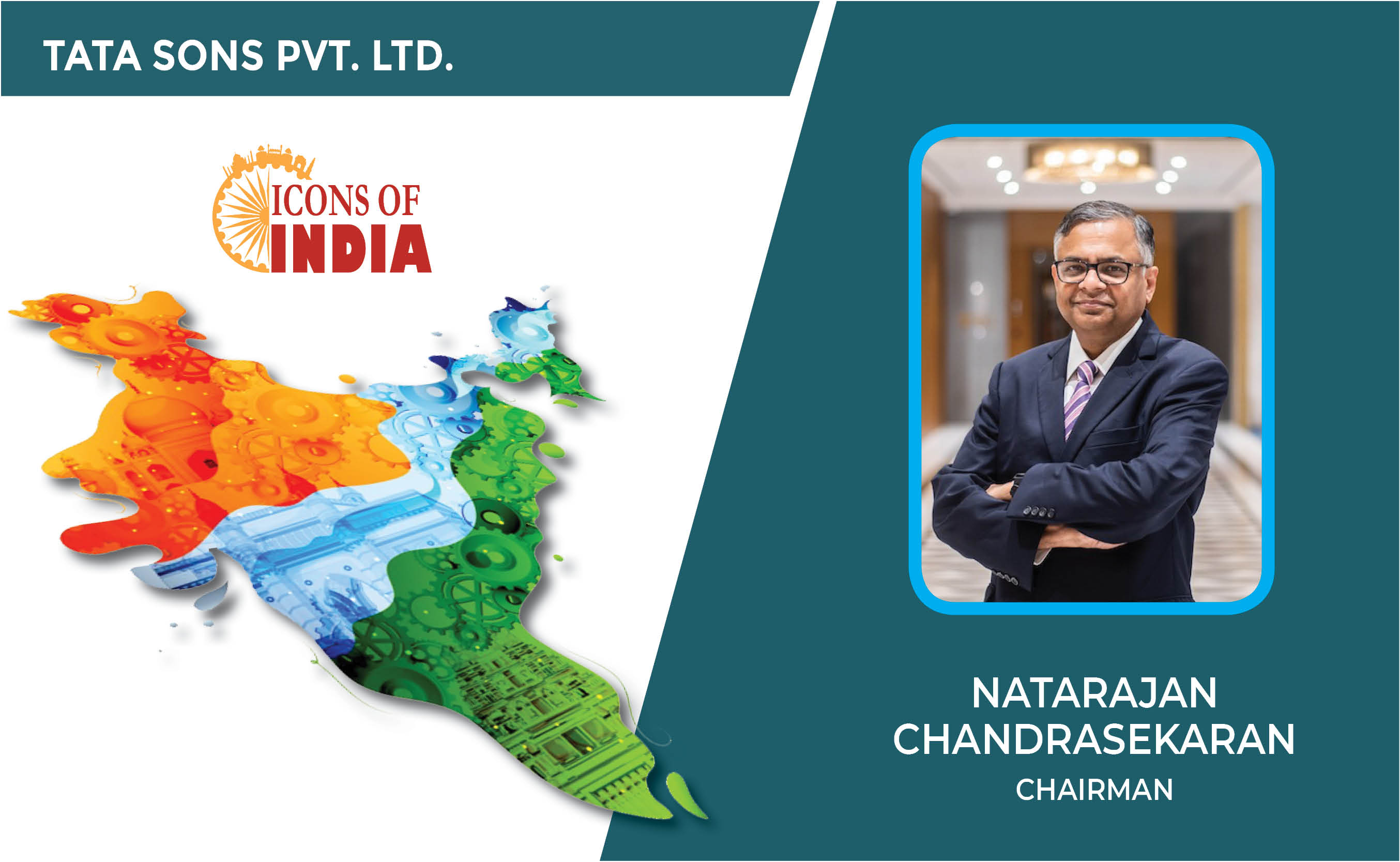
Icons Of India : NATARAJAN CHANDRASEKARAN
Natarajan Chandrasekaran (Chandra) is the Chairman of Tata Sons, the h...
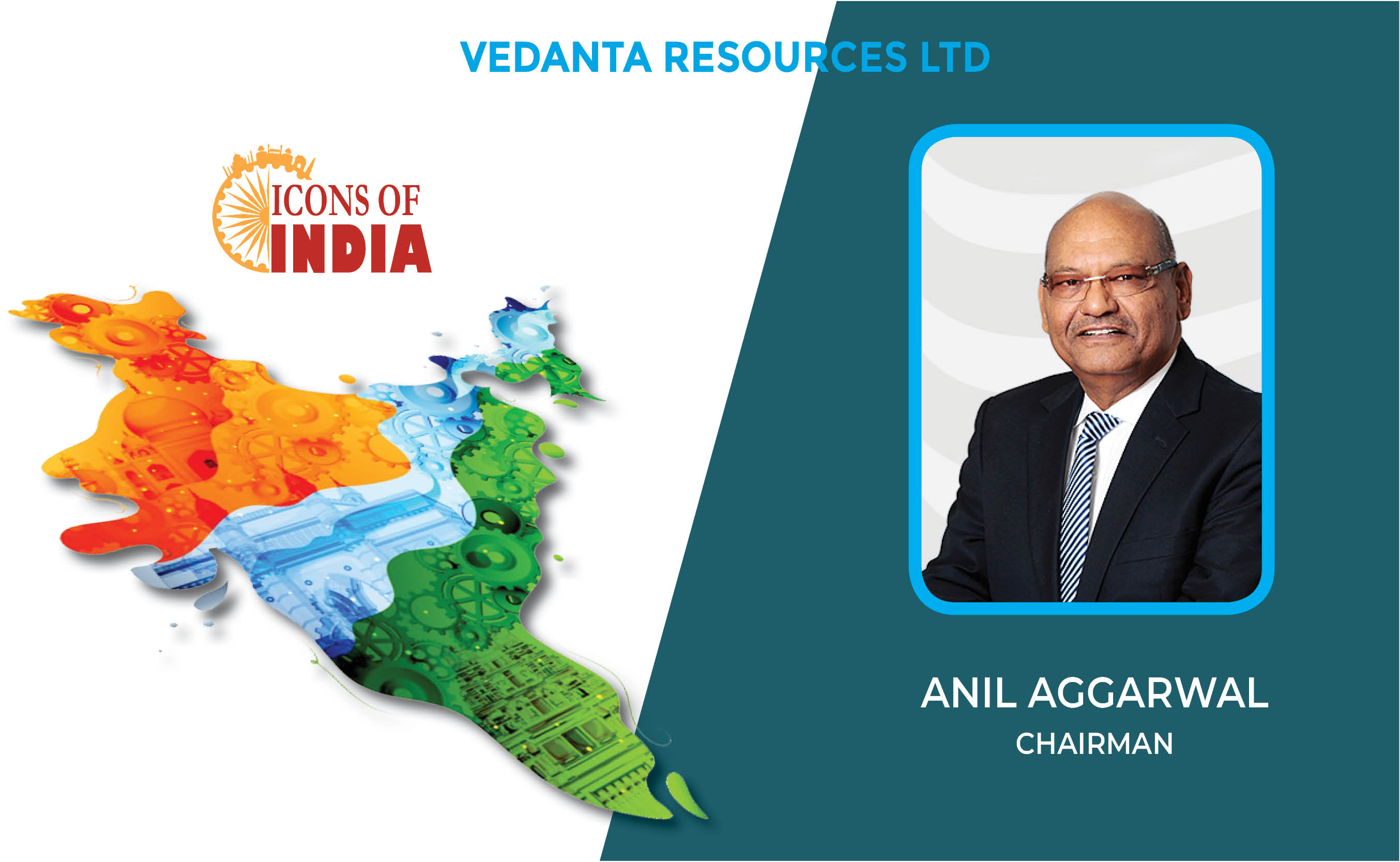
Icons Of India : Anil Agarwal
Anil Agarwal, the Founder and Chairman of Vedanta Resources Ltd., is r...
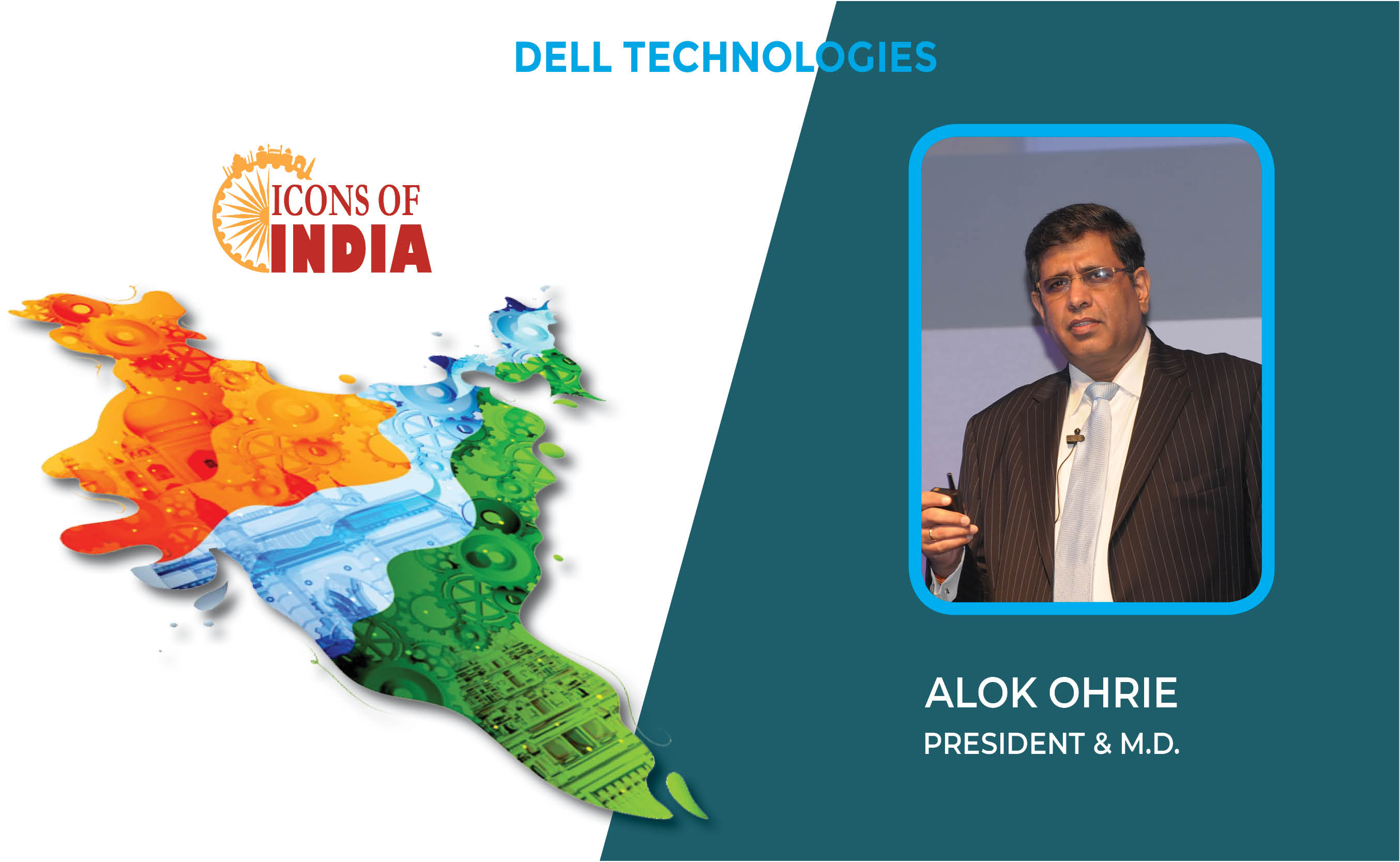
Icons Of India : ALOK OHRIE
Alok Ohrie leads Dell Technologies’ India business, overseeing Sales...

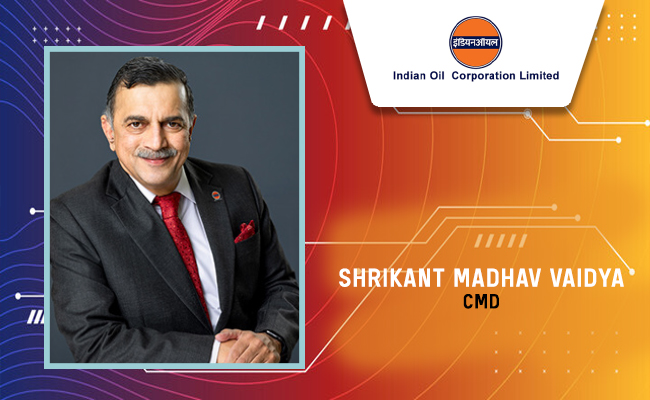
IOCL - Indian Oil Corporation Ltd.
IOCL is India’s largest oil refining and marketing company ...

PFC - Power Finance Corporation Ltd
PFC is a leading financial institution in India specializing in power ...

NPCI - National Payments Corporation of India
NPCI is an umbrella organization for operating retail payments and set...

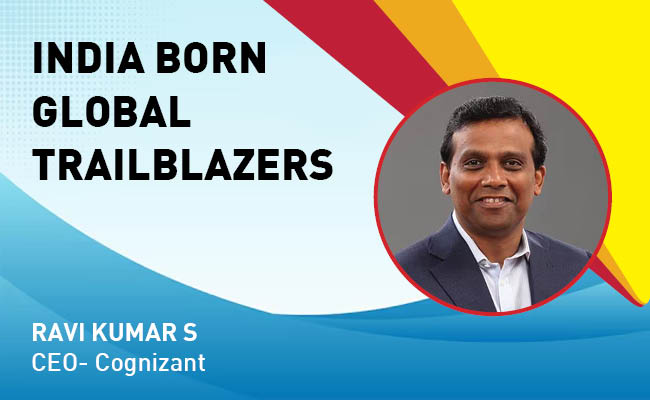
Indian Tech Talent Excelling The Tech World - RAVI KUMAR S, CEO- Cognizant
Ravi Kumar S, appointed as CEO of Cognizant in January 2023, sets the ...
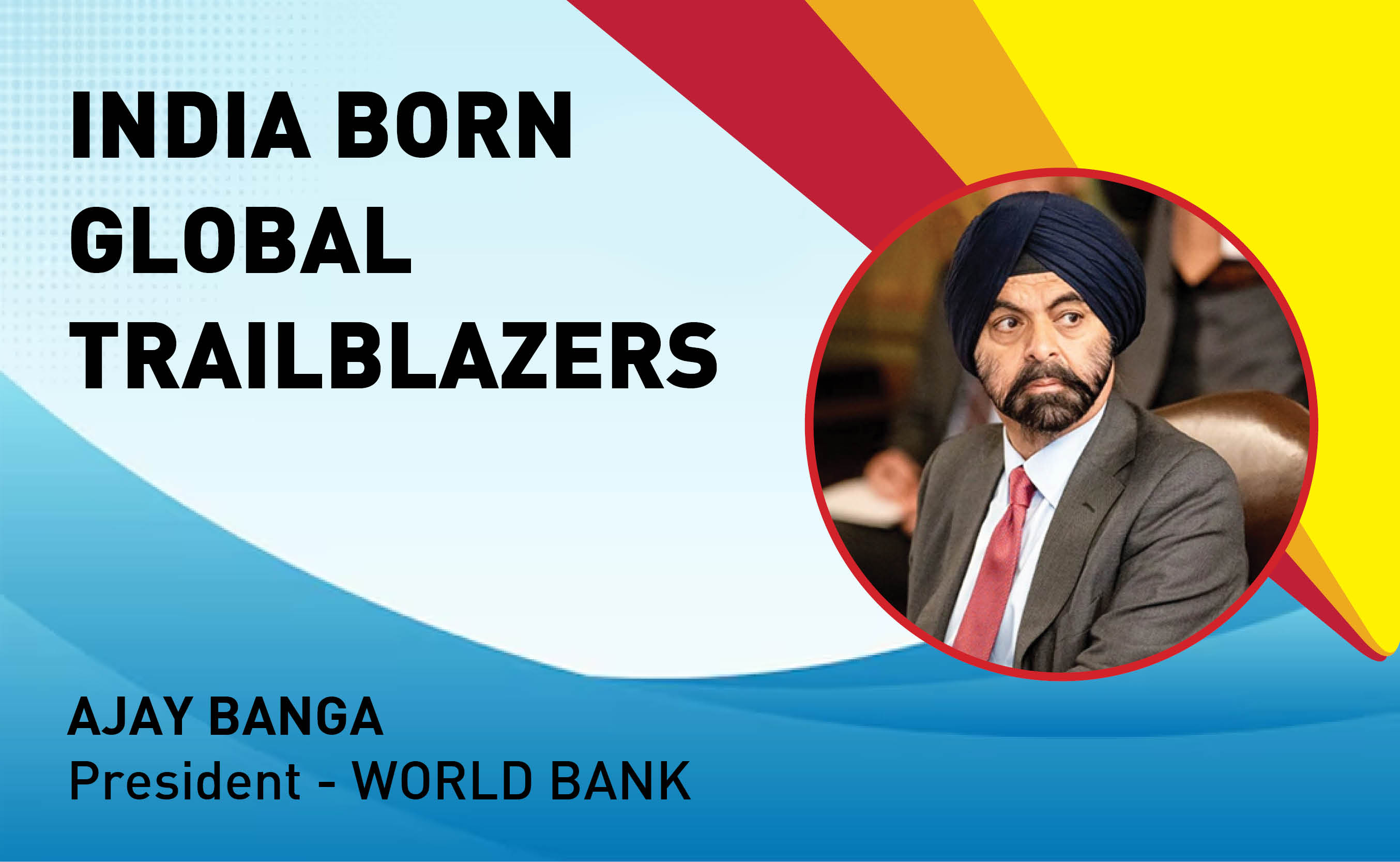
Indian Tech Talent Excelling The Tech World - AJAY BANGA, President - World Bank
Ajay Banga is an Indian-born American business executive who currently...
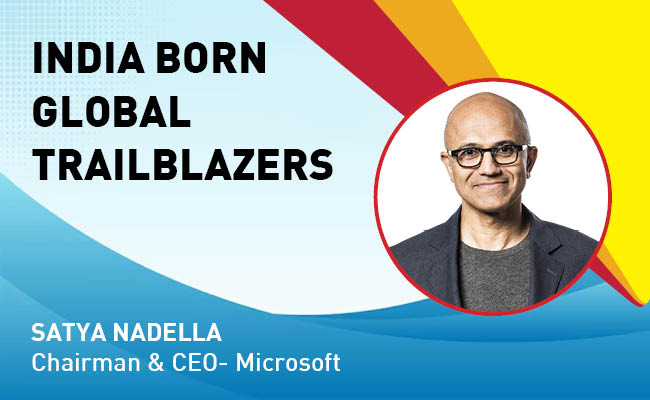
Indian Tech Talent Excelling The Tech World - Satya Nadella, Chairman & CEO- Microsoft
Satya Nadella, the Chairman and CEO of Microsoft, recently emphasized ...